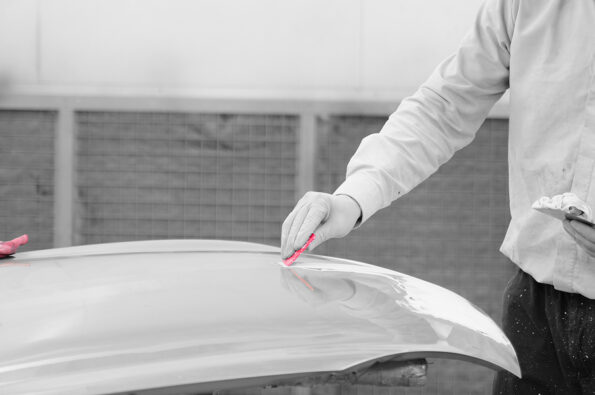Do you dread the idea of crashing your car? It’s a daunting experience no one likes to face, but it can happen.
According to the DITRDC, there have been 1,142 road deaths in Australia from a 12-month period leading to September 2021.
Despite this harrowing statistic, there are steps you can take to preserve yourself during the crash. You’ll also be more equipped for when you’ll have to deal with medical and repair expenses the following days.
Here’s how to proceed after a car accident:
1) Briefly Assess Everyone’s Condition
Immediately after a crash, it’s important to find out whether you and your passengers have any injuries. First, you’ll have to check your body for any pain or discomfort. Is your neck stiff or are you suffering from whiplash? Do you have a headache? Does your body respond to your movements?
If everything seems to be in order, then the next thing to do is check on your passengers. Are they disoriented? Can they move? Do they have any immediate injuries that need attention? If they’re conscious, tell them to go outside and find somewhere where it’s safe.
2) Examine Your Vehicle’s Condition and Take Snapshots
Once you’re sure everyone is okay, start checking your car for damage. Get a thorough and quick inspection of the accident area; if you bumped into another vehicle or stationary object, check the front, then remove your car’s hood to check the engine. If you’re unsure of the severity of the impact area, get out your car and take a look at it from all sides. Inspect everything else too—the tires, the windshield wipers, the headlights, and the bumpers.
If you notice any obvious damage, document it for future reference. Take photos of everything, even if the damage or dent is just minor. The reason you’d want to do this is so that you can show unquestionable proof once you need to meet a settlement or contact your insurance provider.
If there are large dents or damage to the car’s body, however, it may also be necessary to ask for assistance from car repair services. Some vehicle repair services have tow services and can repair your vehicle on the same day as the crash.
Only you and the police can authorise towing services, however, so bear that in mind before calling upon these services.
Car repair services can remove your dents, respray car paint, and replace broken parts.

3) Get Details of the Incident
After you have finished checking your car, go to the other driver’s vehicle and get their name, address, contact details (phone number and email), license plate number, insurance company name, policy number, and additional information about the accident.
You may also want to get details of the crash site and the models of the cars involved in the crash. This is so first responders and the police can get to your location as soon as they can.
The reason why you’ll want to collect all these details is simple: you’ll need to report the incident to both your insurance company and the concerned parties’ insurers. If there are witnesses, get their contact details too.
If you accidentally crashed into private property, you should contact the relevant representative of the property. The name of the representative, as well as their company information, should be easy enough to find from the signboard at their business premises or from nearby witness accounts. If you can’t, leave a note with your contact details for them to initiate contact at a later time.
4) Call the Police or Emergency Hotline
Once you’ve assessed everyone’s condition, call the police or an emergency number of your region. If you’re not in the condition to do so, ask your passengers, any witness, or the other driver to call the police or ambulance.
The police will want to know what happened, so see if you can get any information of what happened from your passengers and other witnesses before making the call.
Follow their instructions and give as detailed an account as possible. This is so that they won’t miss out on any details that could be crucial in determining how the events unfolded.
By now, you should be outside your vehicle and somewhere out of harm’s way like a highway curbside.
5) Contact Your Car Insurer
After calling for an ambulance and the police, contact your insurance provider. Whether you’re under a third-party or comprehensive car insurance package, file a claim to your insurer relating to the accident and follow any instructions following thereafter.
If your insurer’s emergency hotline isn’t open or you can’t contact them, go to their regional office if it’s within the vicinity of the accident. Give them the details you’ve collected during the incident, and a representative will help you file relevant paperwork to get your claim sorted out.
6) Seek Legal Advice From a Car Accident Lawyer
After filing a claim with your insurer, consider contacting a reputable car accident lawyer to advise you on claiming your entitlements and understanding your insurance policies. Car accident lawyers will look through your case and give you advice on what to do once it’s been established who is at fault.
As an example, if it’s proven that someone else was driving carelessly and their actions caused the accident, they may be charged with criminal negligence or subsequently face a higher payout from your insurer. If you’ve gravely suffered from the accident, you may also be remunerated with higher coverage on medical expenses or more impairment benefits.
Image Source: BigStockPhoto.com (Licensed)
Related Categories: Cars & Vehicles, Reviews



